A monograph of Coreopsis s.s., Burnellia, Gyrophyllum, Pseudoagarista, and Silphidium (Coreopsideae – Compositae)
Mesfin Tadesse and Daniel J. Crawford
283 pp.
January 2024
ISBN: 978-1-943751-14-3
Abstract. The last revision of Coreopsis was by Sherff in 1936 who recognized 114 species within 11 sections. Since then, there have been additions to the list of species, redisposition of taxa, re-definition of sections, new chromosome counts, inclusion of details on microcharacters of the capitulum and its parts, and establishment of phylogenetic hypotheses from morphological and molecular data. The present revision reduces the number of species to 18 and the sections to three, as Coreopsis sect. Calliopsis, with three species: C. tinctoria – widespread throughout the United States and Mexico, C. leavenworthii – known only from Florida, and C. paludosa from Mexico; Coreopsis sect. Eublepharis with seven species, occurs in the Eastern United States, with one of the species extending into Canada (Nova Scotia); and Coreopsis sect. Coreopsis which has eight species occurring in the Eastern and Southern United States. Coreopsis sect. Pseudoagarista, nom. invalid, is resolved as two separate lineages in the ITS molecular phylogeny. It is now recognized as being made up of two separate genera: Pseudoagarista centered in Mexico, with 11 species, and Burnellia with 28 species (one of which is here described as new, Burnellia namorana) and an imperfectly known taxon (designated as Burnellia sp. A) found in South America, with the greatest concentration of species in Peru. Coreopsis sect. Silphidium, with one species from the Eastern United States (Tennessee, Georgia, North Carolina, and South Carolina), is now Silphidium. Coreopsis sect. Gyrophyllum, with six species in the Southeastern United States, is now Gyrophyllum. The remaining previously recognized sections of Coreopsis have, hitherto, been placed in other genera. The outcome of morphological and molecular studies on many members of these taxa with respect to species boundaries and intraspecific relationships are presented herein. Descriptions for all species (except the incompletely known taxon), synonymies, including new ones (syn. nov.), typification, habitat, illustrations, and distribution maps for the little–known species from South America are presented. Previous studies by the authors on morphology, anatomy, phylogeny, biogeography, biosystematics, chromosome numbers, cultivation, and flavonoid chemistry are summarized and presented.

